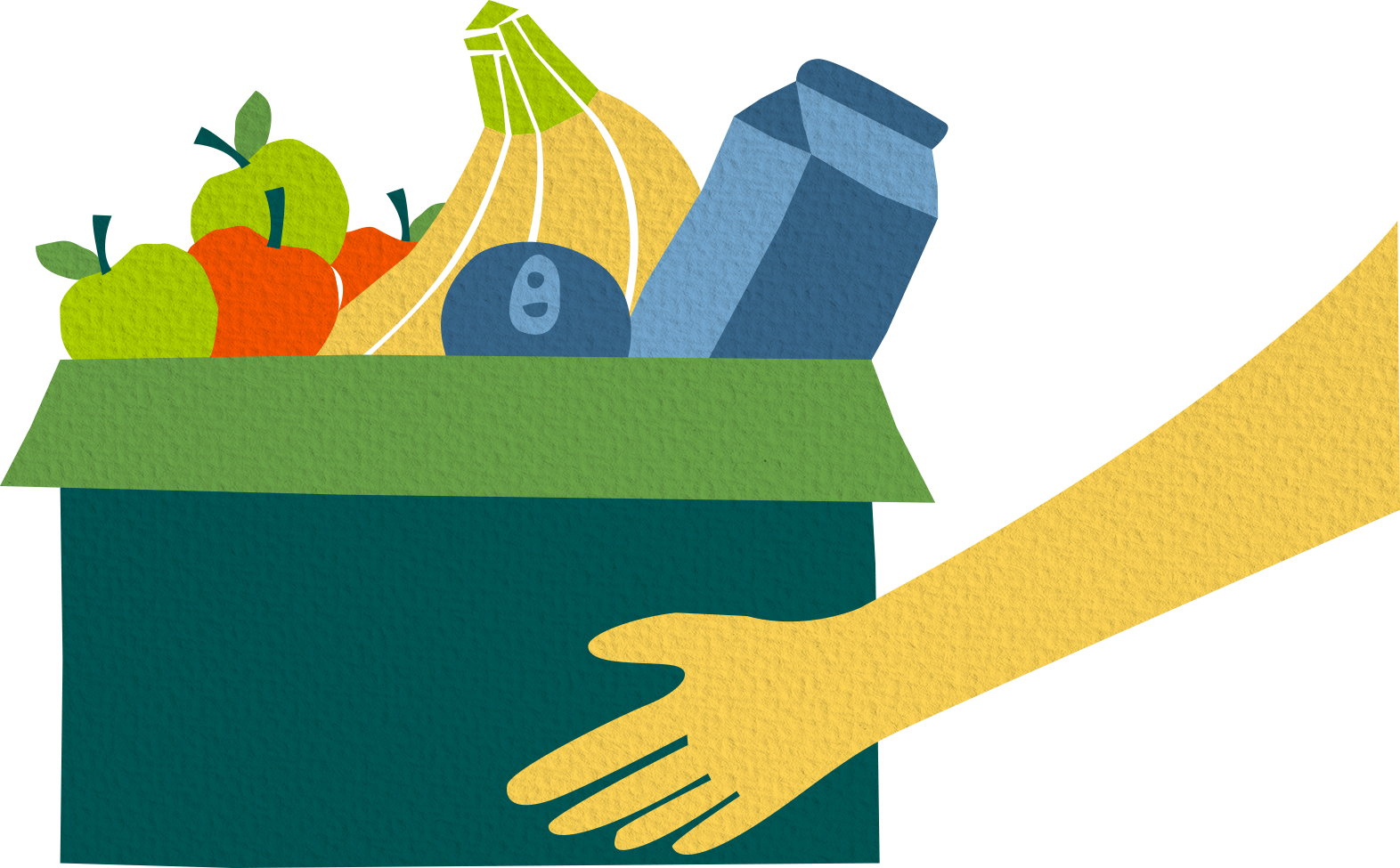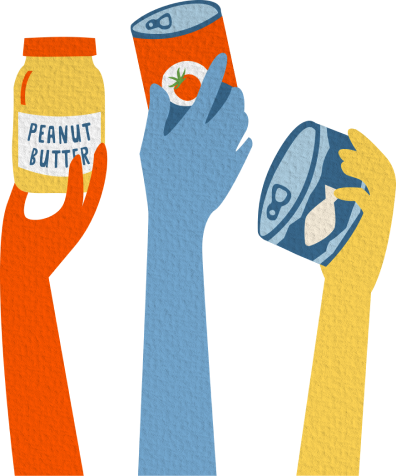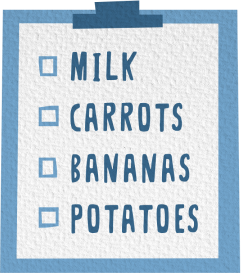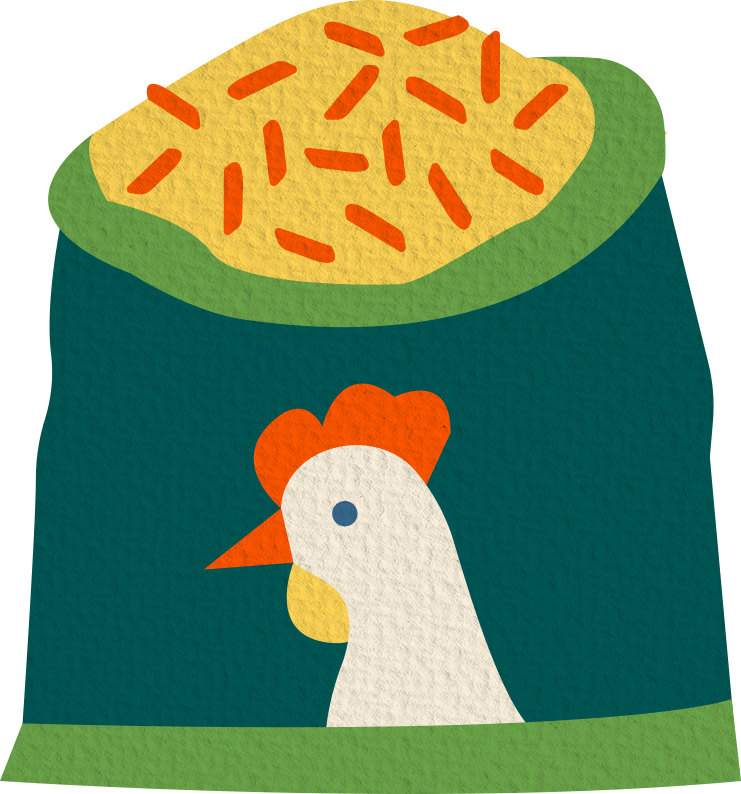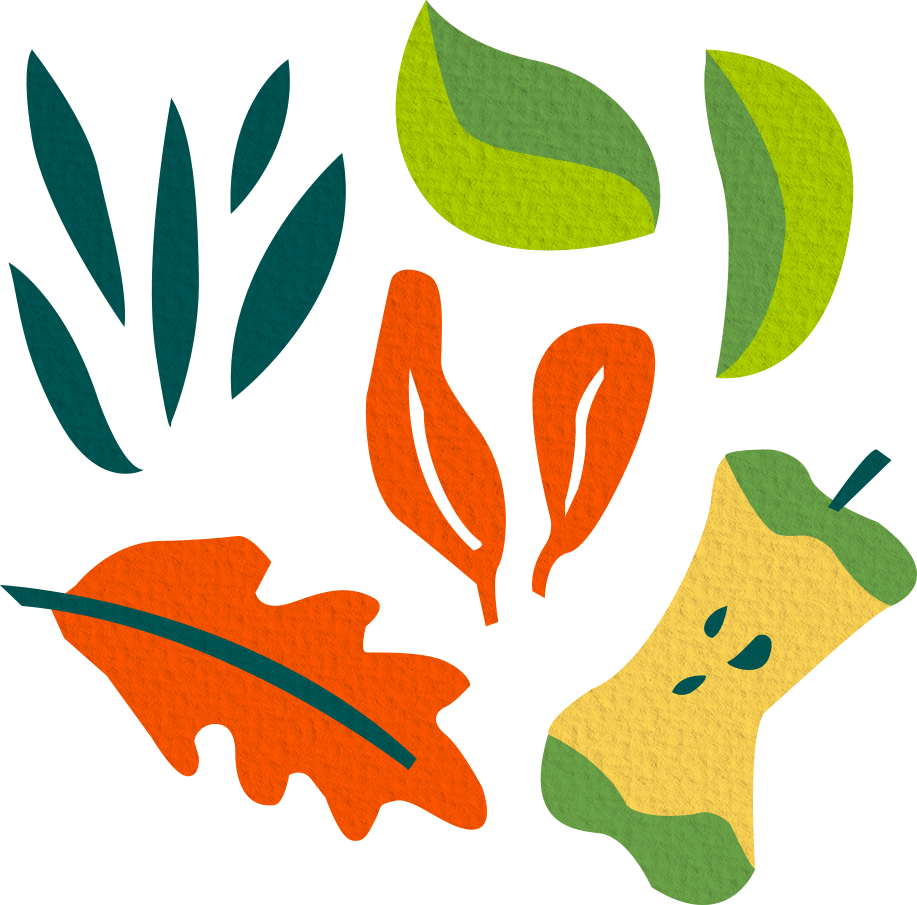Food donation basics
Do donate:
- Fresh produce: both home-grown and purchased.
- Foods prepared by licensed food establishments or in donor kitchens.
- Shelf-stable foods.
- Foods from licensed processors.
- Check with your local food pantry for more specifics.
Don't donate:
- Foods with safety concerns.
- Foods in soiled, torn, open, or rusted containers.
- Home-prepared foods (except baked goods).
- Foods with an “off” odor.
- Perishable foods past a “Use By” date, unless frozen.


